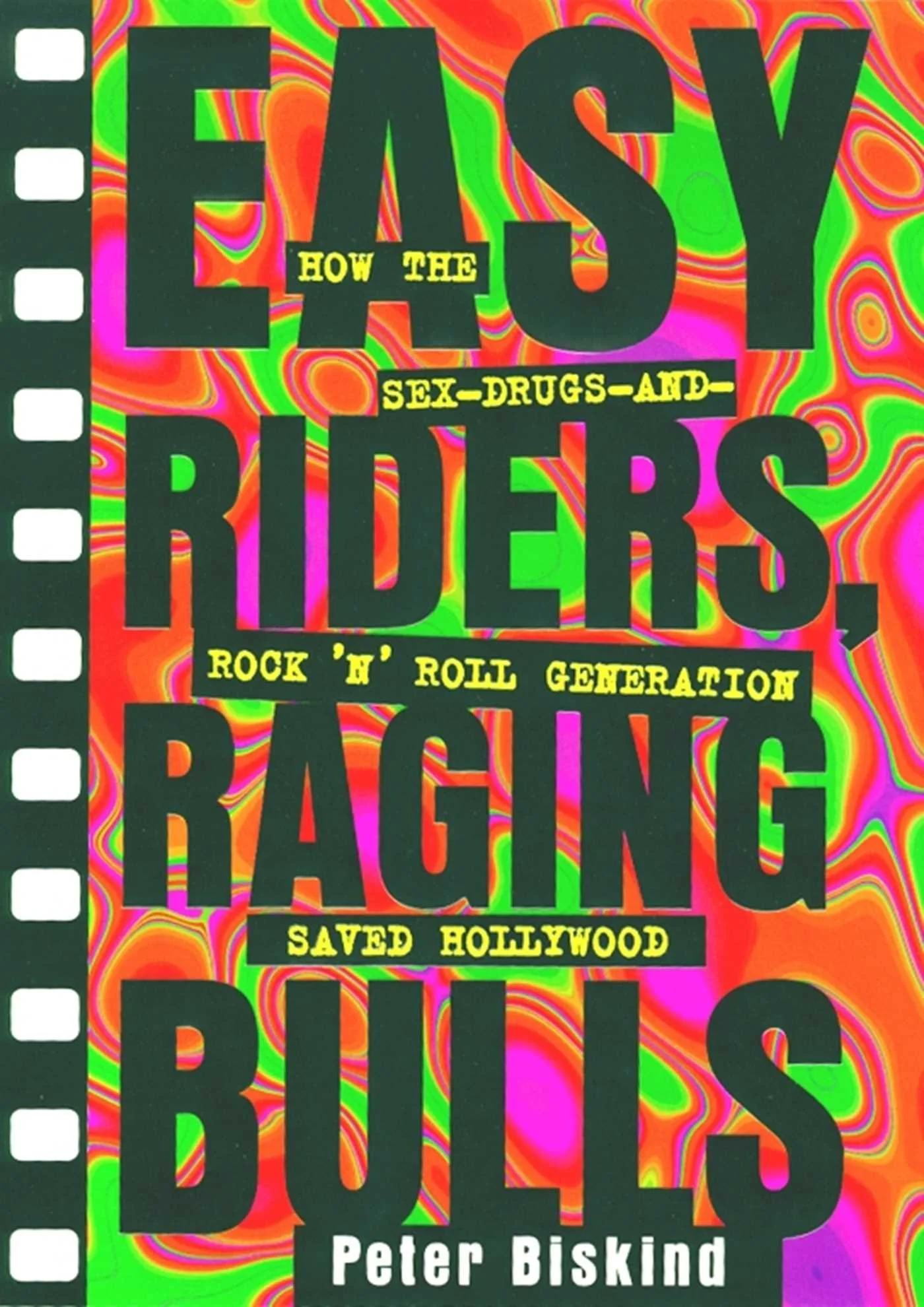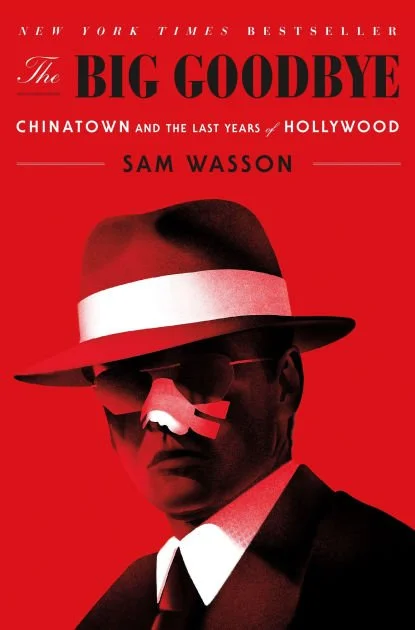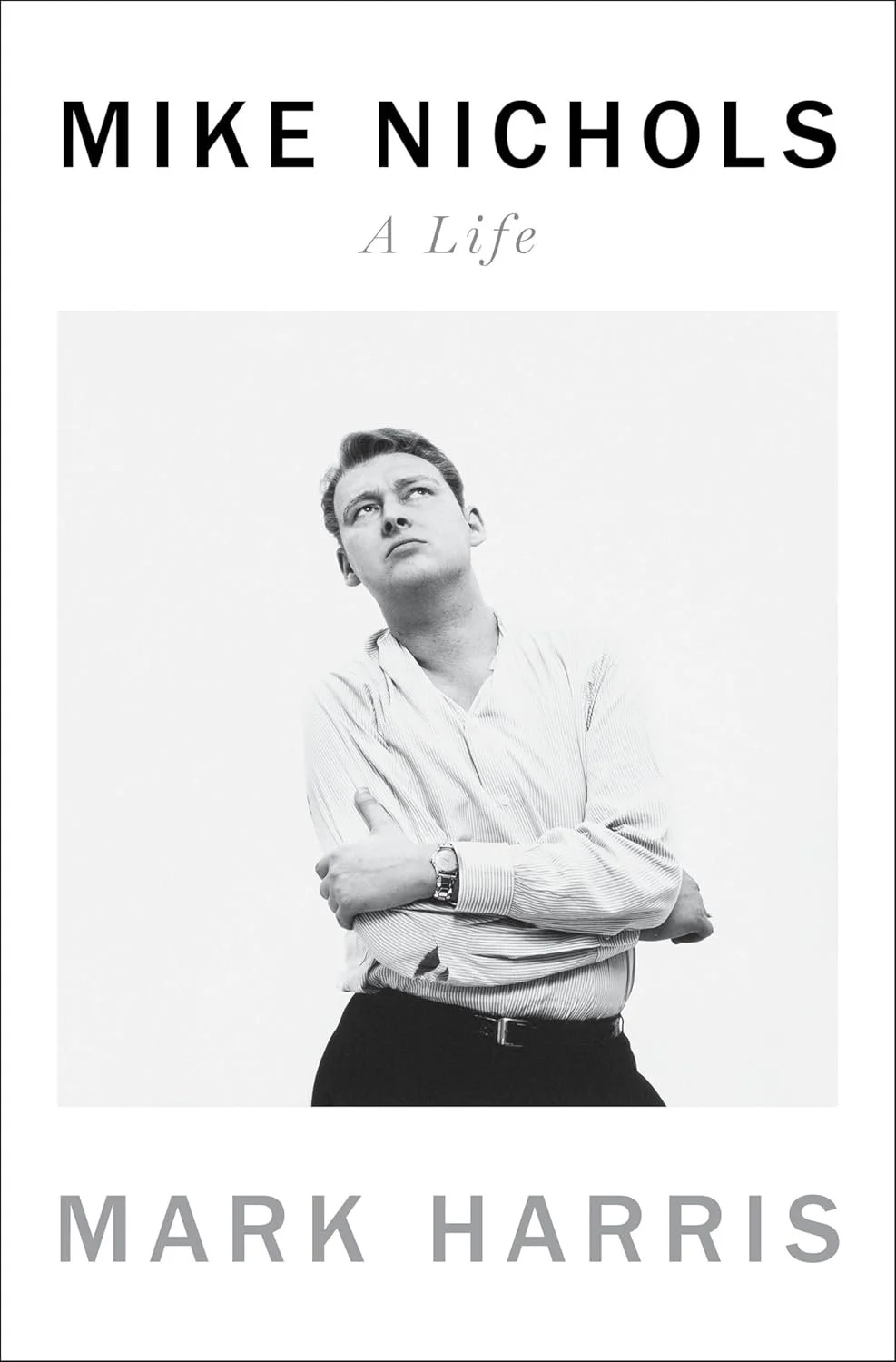On Merchandising, Part 1
Happy November! It’s finally autumn here. Leaves are changing and rain has returned. After a long and unrelenting election campaign, I can tell you one thing that unites all Georgians: we’re glad to be back to our regularly scheduled programming of Ozempic ads and spam texts asking if we still own that house at 887 Oakdale (and would we sell it).
This month I want to talk about maybe the most important part of place-making. So important that it will have to be two separate notes: merchandising. But first we have to talk about movies.
We talk a lot around here about how making destination retail is like making a movie. You have an idea for a movie. You write a treatment, pitch the studio, attach a hotshot director and hope to get it green-lit. Along the way you do your best to be faithful to your artistic vision. You ignore script notes from the suits, agree to budgets you’ll never hit, write and rewrite and rewrite the script, and argue with the legal team over casting famous (and famously unreliable) actors. This is destination retail.
Honestly, destination retail is more like a musical than a movie, because with a movie you shoot it and you edit it and you get it in the can and go on a press tour and you’re done. With a musical you need to put butts in seats seven days a week and twice on Sundays and maybe you get a cut of the bar and sometimes no one shows up. But at Revel we like movies more than musicals. So there.
The first question you ask before either movie- or place-making is, always: “Who am I making this for?” In destination retail the answer to that question can be a lot of things but one thing it can’t be is Everyone. Yes yes of course you want millions to come see your new toy. Who wouldn’t. But if you try to please everyone you’ll end up pleasing no one.
The next-worst answer is “the people in my [office, apartment, hotel] building.” We’ve covered this before: unless you own the Pentagon you don’t have enough people in your building to support the place you’re making downstairs.
Pick a single person and make it for them. Your neighbor. Your mom. That couple you see at the coffee shop with their kids. Ed Zwyck said he made Glory for his high school history teacher. James Cameron reportedly made Titanic for his girlfriend. Maybe Hitchcock made Psycho for his mother. Have a viewpoint and stick to it.
All-day + luxury + approachable F+B? Check
When are your patrons coming? Is this a weekend-only solution or are we trying to get them there all day, every day? Doing that is difficult, but lots of money goes to the developer who figures it out.
Why are they coming? For a good time? To meet friends? For a gallon of milk? I cannot overstate the importance of having a viewpoint. Say what you will about a grocery-anchored center but it is a viewpoint, and a good one: neighborhood services. These days there may no such thing as over-specialization. Design districts have been around forever but I suspect we’ll see more. Folks are increasingly talking about wellness and heath. I can’t believe no one has figured out how to do a multi-tenant vintage / re-sale destination.
Okay. You’ve picked your target patron. You’ve figured out the day-parts and you’ve asked hard questions about price-points, service styles, and patron needs. I could analogize the movie- and place-making processes to death, but for now let’s think of the uses in your project — the taco stand, the vinyl record shop, the national grocer— as the characters in your movie (your hero, mentor, and villain, respectively). They’re on screen to help tell your story.
This is the first part of merchandising. It will drive all sorts of decisions: box dimensions and plumbing runs and dumpster sizes and parking ratios and what-have-yous. The good news is that it tends to be math-y. The disagreements between you and the rest of the team at this point are usually low temperature. Unfortunately this is also the point where reality will creep in. You only have 30,000 sf. Or you have plenty of room but it’s in one big box. Maybe you’re across the street from Hipster Yards and they have all the tacos and vinyl records and you’re out of ideas.
You can’t have it all, but keep the faith! There is always an answer. All the good retail development concepts were stolen from other places and spaces and developers. There are no new ideas. Gene Roddenberry pitched Star Trek to CBS as “Wagon Train in space.” Jaws was sold as “slasher flick meets Moby Dick.” Somewhere out there is a good solution looking to be filched for your project.
Main Street meets Moby Dick.
You’ve made your pitch and you’re building your place and your investors are onboard and all is good. You’re about to get into the really harrowing part of actually leasing it, so a few important things to remember before you do:
Getting patrons there all day is difficult. But it’s a worthwhile effort.
The real pros talk about “dwell time.” How long can I keep people onsite? The more time they spend, the more money also.
When looking for restaurants, don’t get too caught up in cuisine. Worry more about price points and day-parts.
There is no credit in retail. Only sales. Big sales mean big rents and then credit is irrelevant.
Some uses want a lot of windows (soft goods). Others don’t (yoga). This is a very important distinction.
Some uses ought to be front and center. Others don’t mind a little privacy. Another important distinction.
Not everything can be a food court.
The prohibited uses clause of a national grocery lease is the world’s greatest destination retail line-up: tattoo parlor, bowling alley, flea market, liquor store? Sign me up.
Never put a police sub-station in your project. You think it will be Richard Scarry’s Very Busy People. Inevitably it turns into Training Day.
“It’s not what you know. It’s what you can prove.”
The next part is the tricky bit: the actual leasing. This is the second half of merchandising. Next month I’ll talk about the critical process others call “curating" but what we call casting. It's all about picking the right operators to fill out your place. You can get a lot of the other parts wrong but get the casting right and you’ll get out alive.
Back on the road. After a little time off the team has been back visiting projects in Chicago, Ft Worth, Houston, Nashville. I was thrilled to see a lot of old friends in Charlottesville at a great one-day real estate conference. I wouldn’t bother emailing me Thanksgiving week, but please do come by the house. I’ll be head down in the kitchen cooking all sorts of animal parts that my family probably won’t eat and I’m certain to have extras that would be a shame to waste.
Seven great books on the business of Hollywood:
Easy Riders, Raging Bulls: how sex drugs and rock n roll saved Hollywood. In 1967 The Graduate and Bonnie & Clyde hit the screens and completely unmade the movie business for a decade. Coppola freaking out over Apocalypse, Hopper attacking co-stars, Bogdanovich being insufferable, it’s all there.
Hits, Flops and Other Illusions: by Ed Zwick. An honest review of how good (and bad) movies are made from the director of Legends Of The Fall, Last Samurai, Shakespeare in Love, and TV smash thirtysomething.
The Big Goodbye. Sam Wasson. The in-depth story behind the making of Chinatown, the one that fifty years later still defies the easy elevator pitch. Bonus book: Wasson’s Fifth Avenue 5:00 AM is how Truman Capote’s New York working girl short story got made as a feel-good “family friendly” Breakfast At Tiffany’s.
The Kid Stays In the Picture by the most famous producer you’ve never heard of, Robert Evans. An often-mentioned person and book in my notes. Actually the movie is better (of course it is).
Mike Nichols: A Life. Mark Harris. From immigrant to improv actor to script doctor to hotshot director, Mike Nichols knew everyone in the movie business and they all show up in this lovely collection of stories.
Everywhere An Oink Oink: An Embittered, Dyspeptic and Accurate Report of Forty Years in Hollywood. By the great David Mamet. A gift to me from a friend who knew I adored Mamet’s writing. “Unless one punches out, one will be reduced to signing photos at a supermarket opening, shoplifting, reclusion, or self-imitation.” Wise words.
Thank you for reading! If you’ve enjoyed this please forward to a friend who might also.
For those new here, I run a retail development and consulting shop in Atlanta. We mostly work as partners and consultants on larger mixed-use projects with office and apartment owners. Our mission is to make great retail places, and I write regularly about commercial real estate through that lens.
If I don’t see you before, I hope you have a happy Thanksgiving.






